Volume 02, Issue 12, 2021
Paper id:01000112IJESIR Open Access
Title: Exploring the Learning Experiences of a Child with Cerebral Palsy Who is Attending the Functional Skills (Cooking) Class at Zamling MSS: A Case Study
Year: 2022 Abstract Full Paper [Download] Page:4-18
Abstract: This article explores the learning experiences of a child with Cerebral palsy who was attending the functional skills (cooking) class at Zamling Middle Secondary School. The motoric barriers in children with CP are riddled with other obstacles such as barriers to the intellectual, auditory, and visual aspects that affect language, interaction, and communication(Khoeriah et al., 2019). Therefore, children with moderate to severe disabilities cannot be satisfactorily educated in the regular educational environment using supplementary aids and services. As such, it is imperative that school experiences prepare children with disabilities with real-life skills that will help them transition into adulthood and the real world. Therefore, the current study focused on exploring how the child with CP’s learning experiences, specifically in the areas of academic, Activity of Daily Living Skills (ADLS) and social skills was arranged. Based on a constructivist philosophical worldview (Creswell, 2009) adopting a qualitative case study design, five teachers teaching a child with cerebral palsy and both the child’s parents (father and mother) were purposively selected. In-depth interviews were held with the participants. Data were collected in the form of smartphone recordings, observation, and artifacts. Finally, thematic analysis was employed to explicate the transcribed data. The research finding shows that Dawala, a child with cerebral palsy with other comorbidities, had successfully participated and gained skills from the functional skills education, general classroom and pre-vocational (cooking) class in the areas of academic, social and ADLS. Interestingly, all performed activities were child-centered, indicating the prevailing needs of the child with CP, regardless of his cognitive and functioning level. The use of modified utensils as assistive devices had developed his potential to achieve independence and increased self-confidence to participate in learning. Further, with more awareness of disability issues in the country, acceptance from people encourages him to interact with others in the community.
Full-Text I ASI I IEuroPubI IResearchGateI IGoogle ScholarI IAcademia.eduI
Paper id:01000113IJESIR Open Access
Title: Renewable and Sustainable Energy Reviews Efficient Ethanol Recovery via Pervaporation
Year: 2022 Abstract Full Paper [Download] Page:19-32
Abstract: Pervaporation has been conceded as one of the most effective methods to get ethanol separated from fermentation broth solution. Most of the membranes have been developed to obtain the maximum efficiency concerning ethanol separation. In this review paper, the data have been gathered from the past 12 years regarding the development of Mixed Matrix Membrane Efficient Ethanol Recovery. As the membrane material represents the crucial factor in determining net efficiency and membrane characteristics. The membrane performance parameters that have been analyzed are the separation factor and Permeability Flux (g/m2h). The dependence of these parameters on the membrane characteristics, Operating Temperature, Feed Concentration, wt% Loading has also been analyzed. The performance of 24 Mixed Matrix Membranes (MMM) has been analyzed for the past 12 years and concluded the best membrane suitable for Efficient Ethanol Recovery via Pervaporation. In terms of maximum separation factor, ZIF-7/Chitosan Mixed Matrix Membrane demonstrated the most efficient performance with a value of separation factor 2812 at 25oC and 5wt% loading with 0.25g Glutaraldehyde (GA). In terms of maximum permeability Flux, MIL-53/PDMS Hybrid Mixed Matrix Membrane demonstrated the most efficient performance with a value of permeability flux 5467g/m2h at 70oC and 40wt% MIL-53 Incorporation.
Full-Text I ASI I IEuroPubI IResearchGateI IGoogle ScholarI IAcademia.eduI
